The day her teenage daughter’s hair began to fall out, Eva Garcia knew the stress had become too much.
For months, Kimberly Son Garcia had been getting bumped off Zoom classes and missing deadlines because of slow internet access. Until November, the Los Angeles family had grabbed wifi from the parking lot of Carl’s Jr, a local fast-food chain, or through a school-provided hotspot. After shopping for her own internet service and rejecting bundles she couldn’t afford, Garcia finally signed up for a $30-a-month plan from Spectrum.
series box
“I told them: ‘I just need basic service – this is for my children,’” Garcia said in Spanish through an interpreter. “Sometimes I can’t afford to pay one month, and sometimes my bills accumulate. It’s really hard because the internet is such an essential piece.”
A year after the coronavirus shut down the nation’s schools, Garcia’s children, Cristofer and Kimberly, are among the “under-connected” – the estimated 12 million students who, according to a recent analysis, lack internet service or make do with a patchwork of short-term fixes to participate in remote learning. Their issues are regionally specific, from a lack of broadband in the isolated reaches of Appalachia to worn-out and obsolete devices distributed to poor families on Chicago’s South Side. But the heartache and exhaustion are universal.
The federal government is addressing the divide with $7bn schools can use for internet hotspots and devices, part of the pandemic relief bill Joe Biden signed last week. The issues, however, aren’t just technological. As schools continue to reopen this spring, they will confront the pandemic’s legacy of lost learning, one that has disproportionately affected students of color and those from low-income families.
“It’s frustrating watching the state and federal government work so slowly,” said Devon Conley, school board president in the Mountain View Whisman school district in California. “In the grand scheme of things, internet access shouldn’t be just for students. I think it’s a human right.”
Mountain View isn’t a hard-to-reach rural outpost. The district office is about a seven-minute drive from the international headquarters of Google, a company practically synonymous with the internet. Yet in some parts of Santa Clara county, which includes the district, more than a quarter of households don’t have internet, and there are many residents who can’t afford the high-speed internet necessary to run learning platforms like Zoom.
Educators are not immune. Jorge Pacheco, who teaches fourth grade in Mountain View, is among 400,000 teachers nationwide who lack sufficient service.
“There is so much lag when I talk to the kids, they say, ‘Oh, you broke up,’” said Pacheo, who needs to connect four or five devices to the internet in order to teach his remote lessons. “I have to turn off the video for the kids to hear me.”
Connecting the hardest to reach
Like the pandemic itself, the lack of dependable internet has disproportionately affected those who were already struggling before Covid-19.
In Chicago, where one in five children under 18 lacks access to broadband, a new initiative aims to get free high-speed service to 100,000 students before the end of the school year. But even with $50m from foundations and the federal government, Chicago Connected has yet to reach about 40,000 families.
Many are homeless or bounce between temporary living situations with friends or relatives. Margaret Bingham hasn’t had a stable place to live since 12-year-old Mariah was born. They lived in her brother’s basement until he was murdered in 2019, and since then have been going “house to house and door to door”. The two currently share the living room at Bingham’s adult daughter’s house on the South Side. Keeping Mariah connected to virtual school has been a series of daily frustrations.
The first laptop the school issued had a screen obscured by horizontal blue lines. They traded it in for an iPad, but even charged, the device wouldn’t turn on.
Districts nationwide have scrambled to get an estimated 4-6m devices in the hands of students since last March, according to the Boston Consulting Group. But the devices are sometimes old and faulty. Those that work often get damaged in student’s hands, and repairs can take months – leaving them without a way to connect.
In Chicago, Mariah now logs into school from her phone with a wifi hotspot she shares with three other children in the house. “I catch on quick,” she said. “I do my work before the internet goes out.”
Outside of the nation’s major population centers, the fiber-optic cable necessary for high-speed internet is spotty and sometimes non-existent. Families in some rural areas are relieved their schools have reopened because they’re not any closer to having home broadband than they were at the start of the pandemic.
In Tennessee’s Polk county schools, based in a one-time copper mining hub in the Appalachian Mountains, only about 35% of the district’s students have high-speed internet. Before students returned to classrooms in January, Karen Cribbs often had to drive her ninth-grader Maddie to her school, Copper Basin high, to pick up a wifi signal.
Maddie, who plays volleyball for the school team and is also a cheerleader, said she and her classmates grew frustrated with internet that was so slow that links for assignments disappeared before they were able to click on them.
“Also, the buffering constantly is very frustrating to the point that we just give up,” she said.
High-speed internet is now available in the Cribbses’ home after a local company extended service – but not two miles away where Holly Smith, Copper Basin’s principal, lives. She put a wifi booster in her attic, but still has to “sit in the front foyer to get enough service”. While schools were closed, she went to the post office to participate in Zoom faculty meetings. At one point, she offered to donate part of her country farm for a cell tower so students in her area could get a better connection – to no avail.
‘Still struggling to communicate’
The pandemic year has made a major dent in the number of “under-connected”: an estimated 4 million students who did not have home internet when schools first closed last March are now connected. But the staggering amount of lost learning that resulted will not be easy to fix. For example, a recent review found that 20% fewer kindergartners are on track to learn how to read compared with their peers at this time last year; for Black and Hispanic kindergarteners, those projections were even higher.
Evan Marwell, founder and CEO of EducationSuperHighway, a non-profit focused on expanding internet access for students, said even though “tremendous efforts” have helped more students get connected, “the primary obstacle to closing the homework gap is affordability”.
Experts say the piecemeal approach to the problem is not sustainable. They argue that federally subsidized at-home internet service and device purchase programs should be universally available like school lunch – and that efforts should increase to reach families that haven’t traditionally relied upon the internet to learn and work.
Liliana Madrid of Los Angeles is one of those parents. She found help from iFamily, a tech support program from the parent advocacy group Speak Up. But even with high-speed service and district-provided hotspots, Madrid’s daughters have trouble submitting their assignments. Their grades have dropped.
“Zoom just kicks me off for no reason,” said Madrid’s 10th-grader, Itzel Godoy. She’s not alone. Routinely during remote classes, students disappear from the screen. “Some of my friends, they text me, ‘Can you tell me what we’re doing?’”











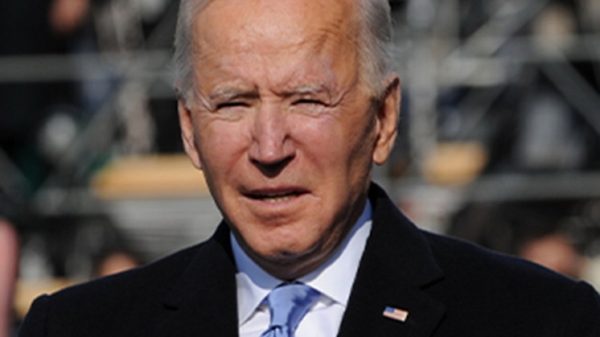





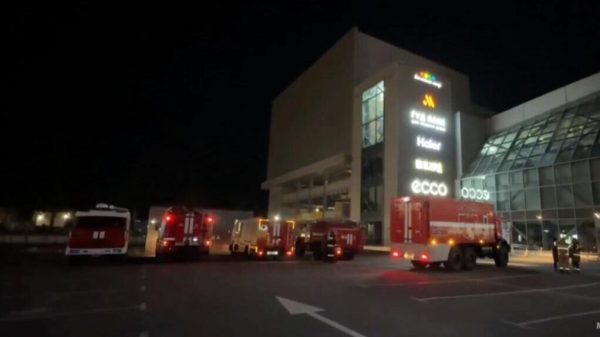
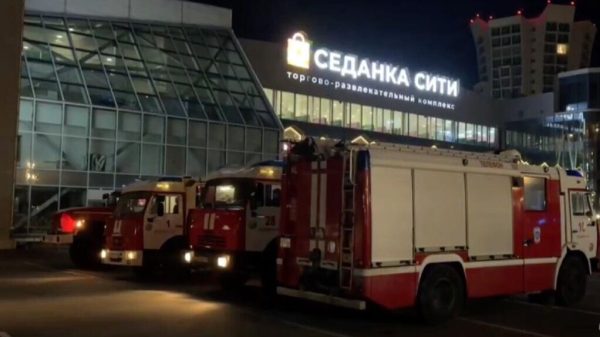

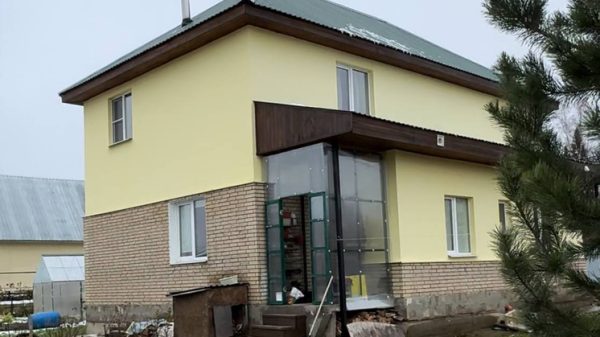


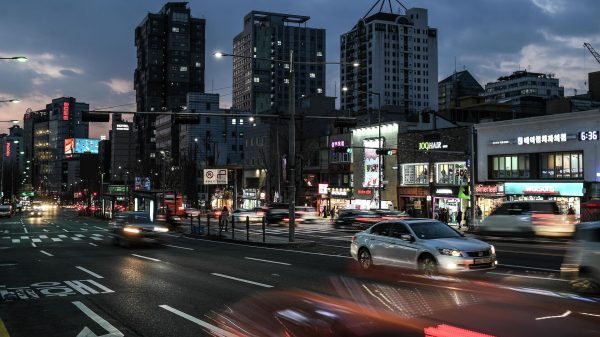



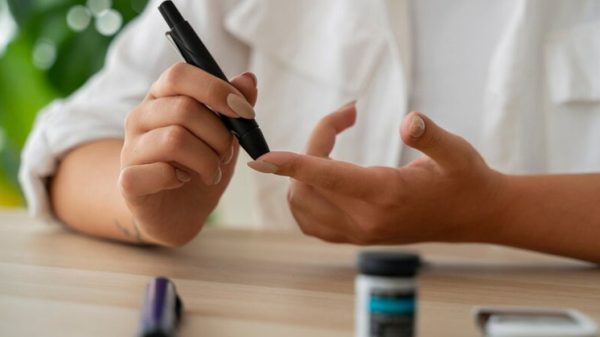
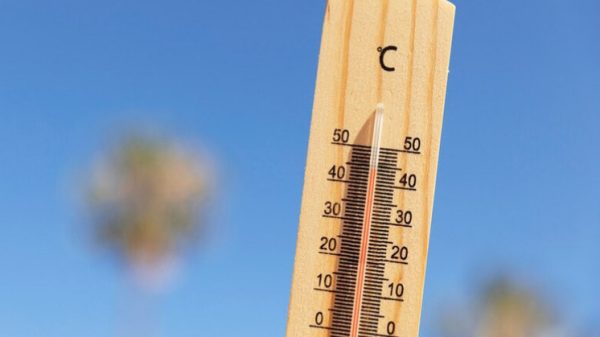
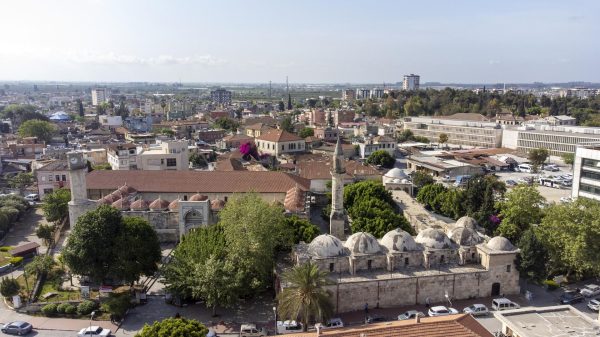

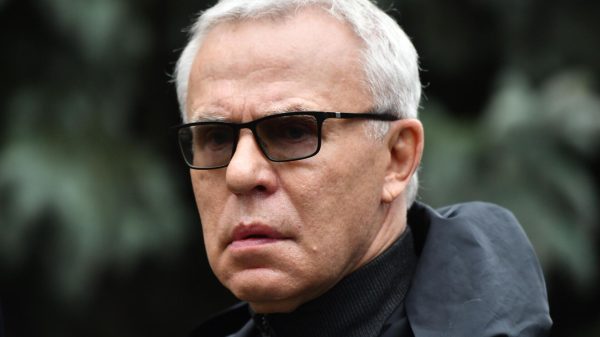





























Свежие комментарии